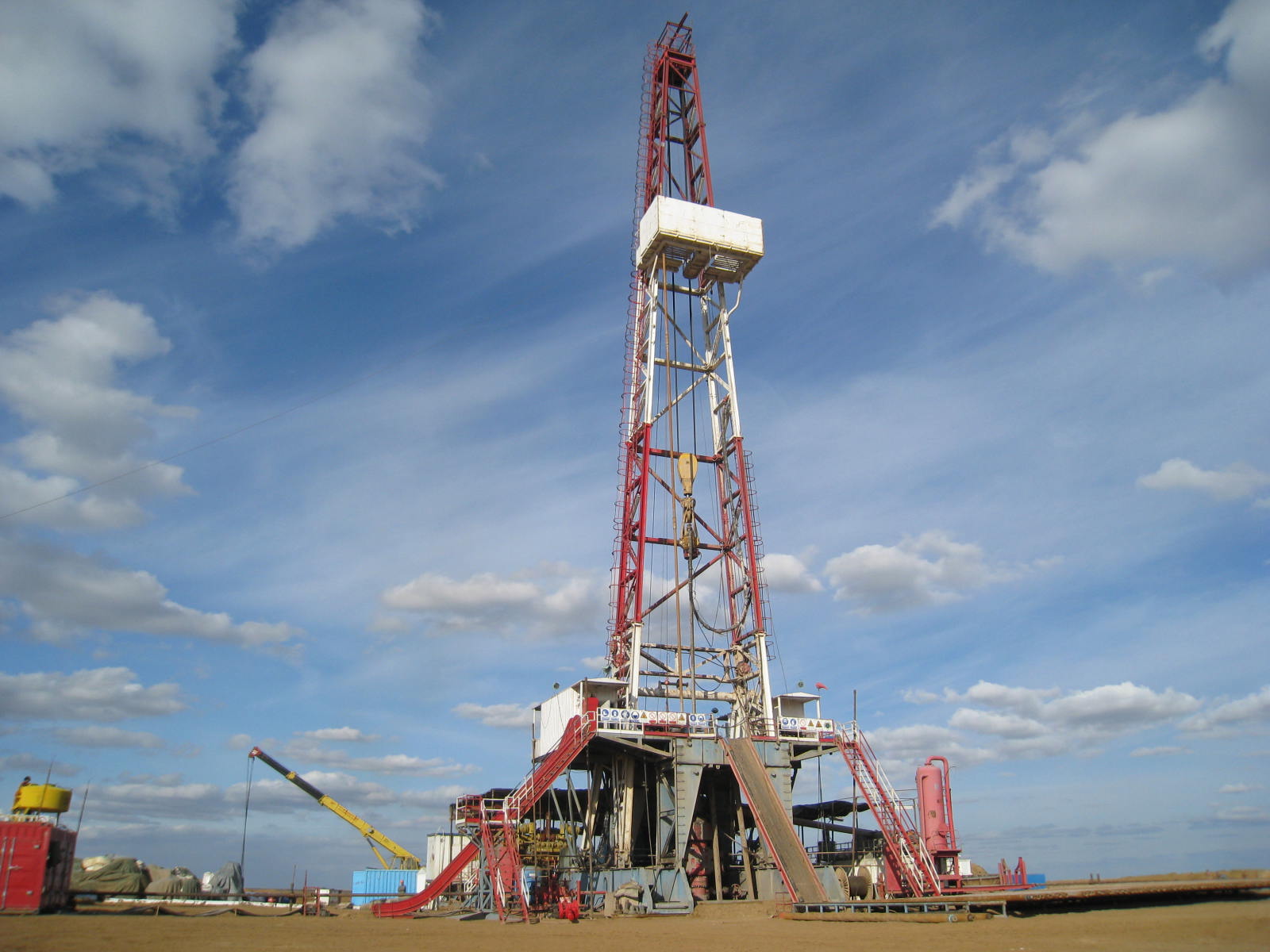By Mark C. Lewis* Oil market commentators increasingly dismiss the very idea of supply-side constraints on the oil market, pointing to the recent surge in light-tight oil production from US shale deposits and the existence of vast shale formations elsewhere in the world
Instead, the "peak demand” argument goes, the maturity of markets such as the US, the EU and Japan means demand in the industrialised world is already on a structural downtrend, and – together with ongoing improvements in energy efficiency and the opportunities for substituting gas for oil – this will inevitably lead to a peak and then a decline in the demand for oil globally. Some say the peak could come within five years.
But does this peak demand theory bear scrutiny? Looking at the case of the US in more detail, it is certainly true that in recent years US demand has seen a material decline from the highs reached before the global financial crisis. Data from the US Energy Information Administration show average consumption of 18.8m barrels a day over the four years 2009-12, compared with 20.5mbd over 2005-08, a drop of 1.7mbd or 8.3 per cent.
The question, though, is whether this drop is structural.
Link to GDP growth
US oil consumption rose by 900,000 barrels a day in September, the fastest rate of growth in nearly a decade. Moreover, from data for 2013 released by the EIA recently, it is now clear that US demand not only increased last year, but accelerated rapidly over the course of the year.
Full-year growth in 2013 US oil consumption was 1.7 per cent, but year-on-year growth in the second half was 3.2 per cent and in the fourth quarter 3.8 per cent. Total demand in the week of December 13 was just shy of 21mbd, the highest weekly consumption figure for almost six years. Indeed, fourth-quarter demand of 19.7mbd was in line with the average annual consumption registered in 2008.
Demand for gasoline – the largest component of US petroleum consumption – showed the same pattern.
In part, of course, the increase in US oil demand reflects rising US GDP, which also accelerated over the year: official data show GDP rising from the fourth quarter of 2012 through to the third quarter of 2013 at 0.1 per cent, 1.1 per cent, 2.5 per cent and 4.1 per cent.
Yet the recent rise in US oil consumption is not solely due to faster economic growth. It also reflects the increasing availability of domestic supply and the competitive pricing of US light-tight oil against both Brent, the global oil price benchmark, and WTI, another US crude oil benchmark.
Owing to the ban on exports of US crude oil, and the fact that shale oil is not suitable for refining into the distillate products that US refiners are legally permitted to export, light-tight oil is being sold at a discount against WTI to refiners geared up to produce gasoline. As shown by the EIA’s pricing data, this has led to a stabilisation in the average price of gasoline over the past three years, and even to a modest drop in 2013 versus 2012.
Finally, unlike other industrialised countries such as Japan and the EU, the US population is still growing at a healthy rate. According to UN data, in the five years from 2007 to 2012 the US population grew by 14m to 318m, and is expected to rise by a further 82m (to 400m) by 2050.
Cyclical not structuralAll of this implies that the reduction in US oil demand over 2008-12 was not so much structural as due mainly to the weakness of the US economy following the global financial crisis, and the tightness of the local oil market until recently. As the economy has started to recover and rising domestic supply has made local prices more affordable, US consumers – whose ranks have swollen by 14m since 2007 – have started coming back to market.
Against this backdrop, the peak-demand narrative looks deficient at best and a distraction at worst.
This is not to deny that improving energy efficiency and increasing substitution of gas for oil will help mitigate the continuing demand pressure that a global population set to expand by a further 800m people over the course of this decade alone will exert. Nor is it to say peak demand will not arrive one day.
It is simply to emphasise that if and when peak demand does arrive it will more likely be due to the rationing effect of high prices brought on by supply-side constraints. These are both economic (for example, the astronomical levels of capex now needed to keep production growing even modestly), and geopolitical in nature, but environmental factors will also be increasingly important in future.
Such supply-side constraints explain why global oil prices remain at or close to all-time high real levels. They also show why a more robust interpretative model than that offered by the peak-demand narrative is required to understand the dynamics of the global oil market.
*Independent energy analyst
(Financial Times, Jan. 20, 2014)




